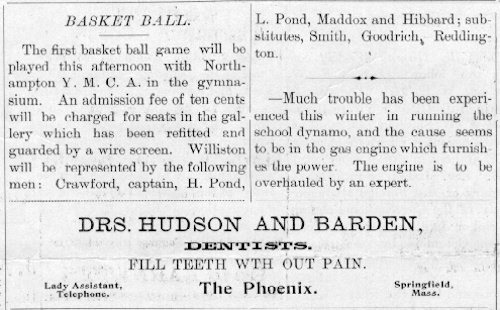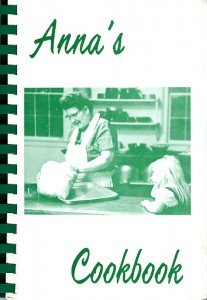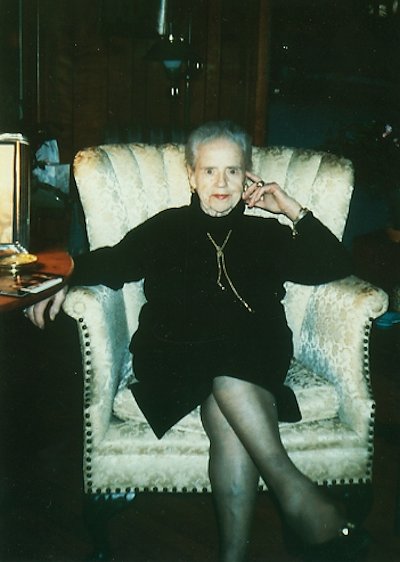This is adapted from an article that originally appeared in the January 1999 Williston Northampton Bulletin. At that time Doug Stark was Librarian and Archivist at the Naismith Memorial Basketball Hall of Fame in Springfield, Massachusetts. Today he is Museum Director at the International Tennis Hall of Fame in Newport, RI. He is the author of The SPHAS: The Life and Times of Basketball’s Greatest Jewish Team (Philadelphia: Temple University Press, 2011) and coauthor of Tennis and the Newport Casino (Charleston: Arcadia Publishing, 2011).

On a cold, wintery northeast night in 1898, a group of five Williston Seminary students “lined up for the first time . . . in a regular game, and defeated their opponents, the Y.M.C.A. of Northampton, by a score of 12-10.” The Jan. 29, 1898 Willistonian reported that Williston’s first basketball game “excited much interest in the school. The fellows turned out to a man, also several members of the faculty were present, as well as a representation of townspeople” to witness first hand this “new and intriguing game.”
In 1898, basketball was still in its infancy, having been created just seven years earlier at the School for Christian Workers (now Springfield College) in Springfield, MA. In the winter of 1891, Dr. James Naismith, a recent graduate of McGill University, enrolled as a student-instructor in a school that trained YMCA general secretaries and physical education instructors. Asked to create a game to occupy a class of “incorrigibles” between the football and baseball seasons, Naismith invented basketball. After hanging two peach baskets at both ends of the gymnasium balcony and dividing the 18-man class into two nine-man teams, Naismith put the first ball, a soccer ball, into play. Legend has it that only one basket was scored in that game.
Almost immediately, the game took off and spread quickly through the YMCAs. Within a few years, the game was being played in 15 different countries and in colleges from the East to West Coasts. Due to the rough play associated with the early game and the growing need for more court time, the YMCA banned basketball from its gyms in 1898. Later that year, basketball was introduced at Williston Seminary, one of the first high schools in the country to embrace the game. Continue reading




